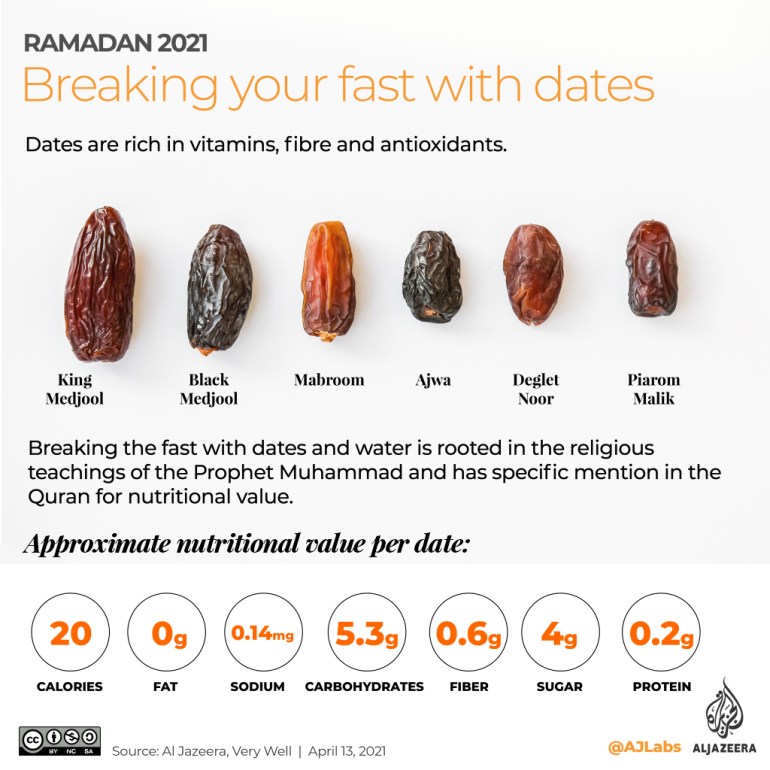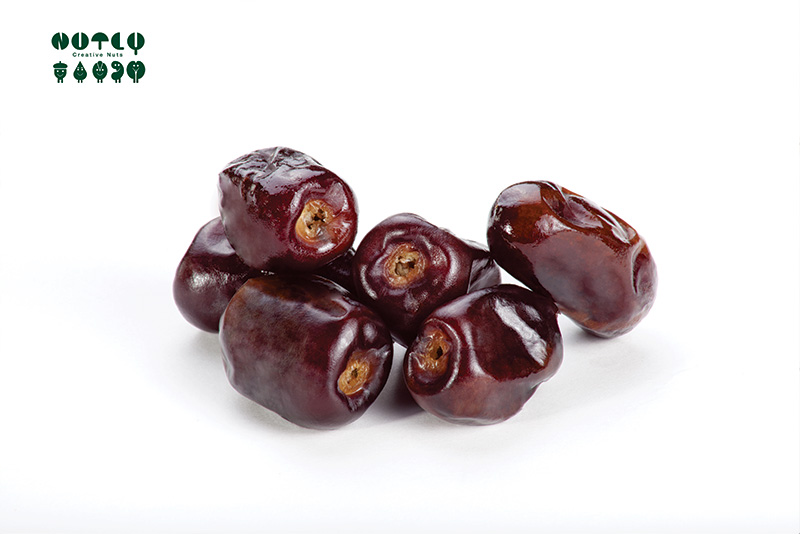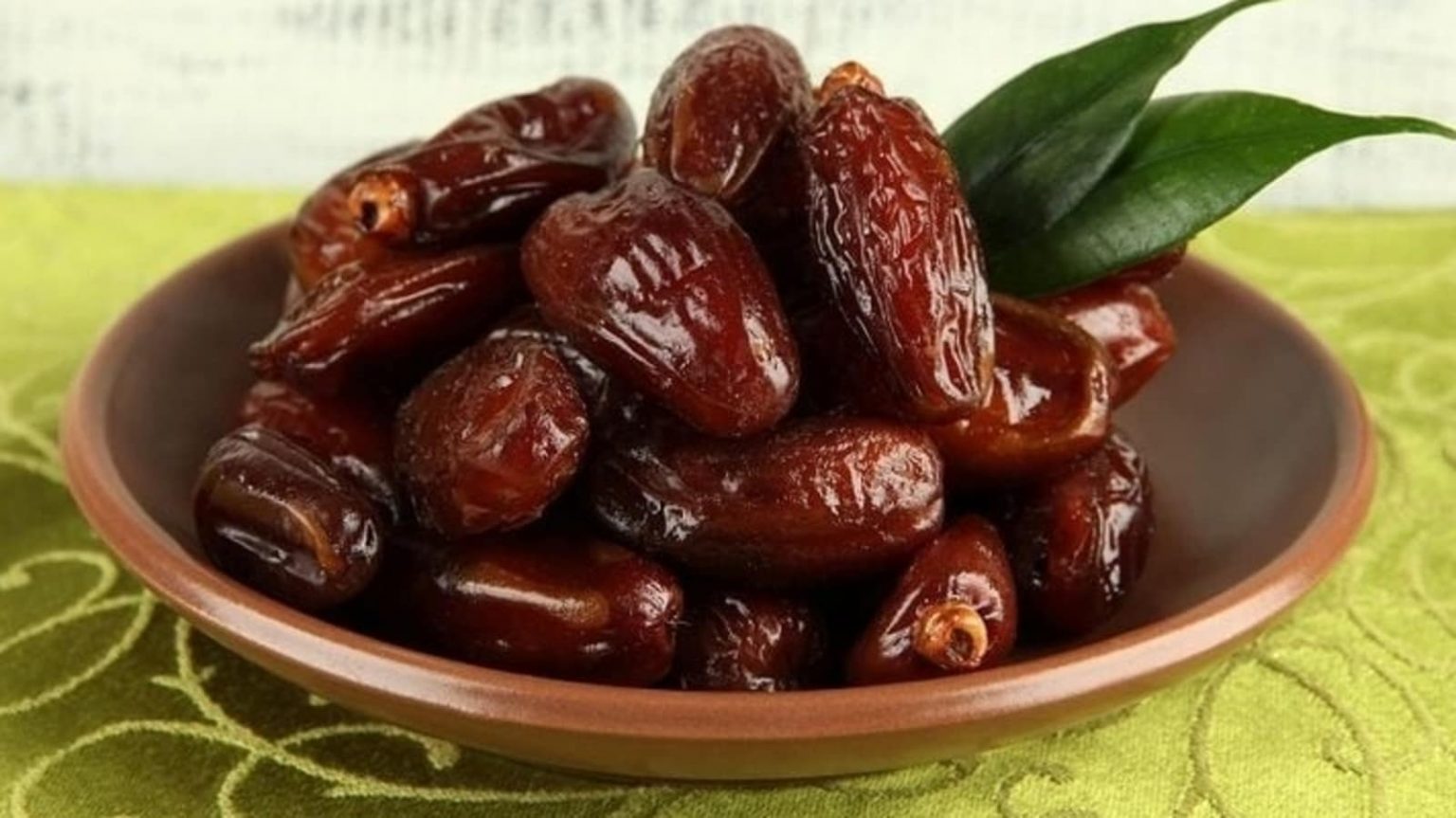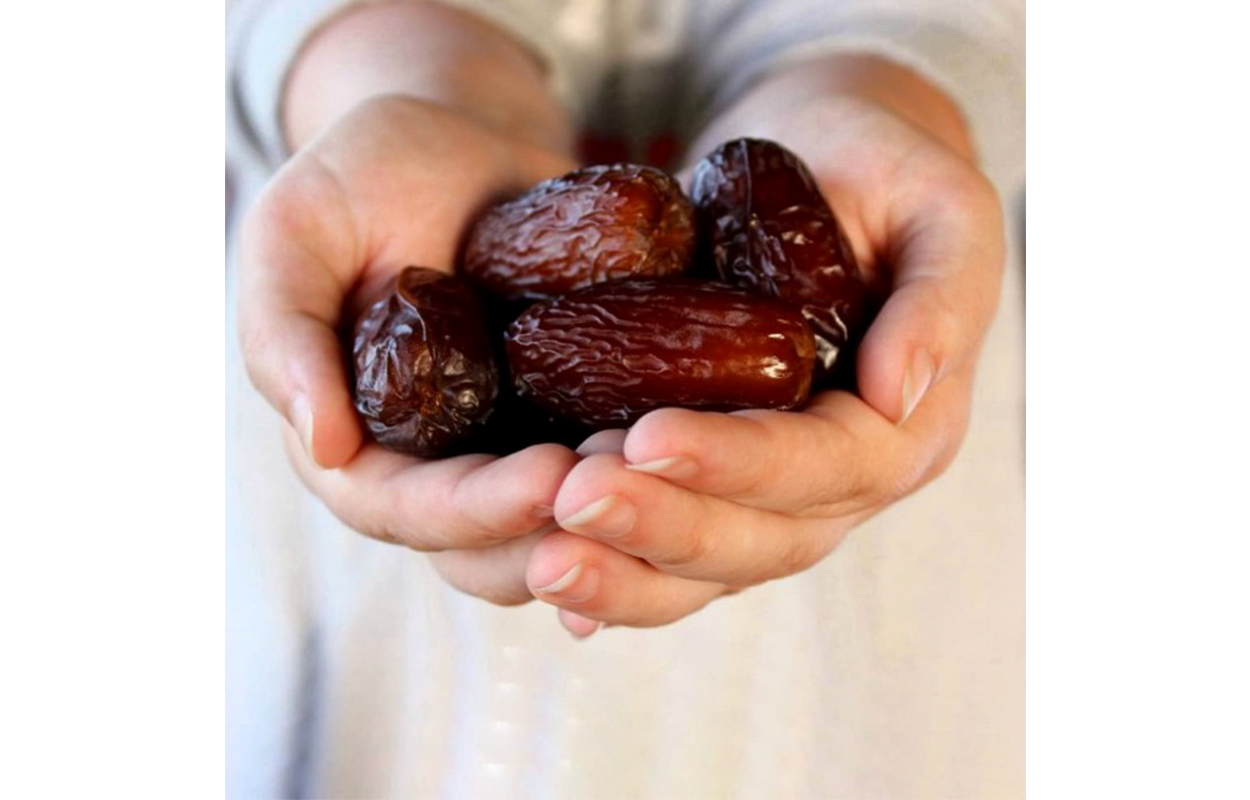Harvesting dates is an incredibly labor-intensive process. AP Photo/Hatem Moussa. Harvesting dates means climbing up the distance of tall palms, which can grow up to 75 feet high. This is reason enough to classify it as difficult work. Sometimes this is done the old fashioned way, as is pictured above.. At a very base level, they're sweet. The sugar content in dates is extremely high, and that sugar gets more and more intense as dates dry and moisture leaves the fruit. But dates aren't dried.

How to Grow Dates from Seed! Seeds, Palm tree types, Growing

Leading Countries Growing Dates (Fresh Date Palm Fruits) WorldAtlas

5 Health benefits of Date Fruit everyone must know

Infographic Where do your Ramadan dates come from? Infographic News Al Jazeera

Largest Dates Producing Countries in the World 19602019 YouTube

Types of Dates Different Kind of Dates Varieties Name List

Scientists grow fresh dates from a 6th BCE seed ISRAEL21c

Jujube Fruit Chinese Date How to Eat It and What it Tastes Like

Where do Nutly Fresh Dates Come From? Creative Nuts

where do dates come from?, everything you need to know kouroshfoods

Dates are one of the sweetest fruits and come in different varieties. Although dates can be

Where do Nutly Fresh Dates Come From? Creative Nuts

Top 10 Benefits of Dates The Health Blog

What is a Date Fruit? (with pictures)

Dates ABT Vegetables and Fruits

All About Dates How Dates Are Made And What Are The Health Benefits

Where Do Dates Fruit Come From? » iran dried fruit
/https://tf-cmsv2-smithsonianmag-media.s3.amazonaws.com/filer/4b/c1/4bc1cb87-834c-4c58-a591-5deb145fd93e/42-49634298edit.jpg)
Five Ways to Eat Dates Arts & Culture Smithsonian Magazine

So How Exactly Do Dates Grow, Anyway? HuffPost Life

Dates 101 Food with Feeling
Every medjool date grown in the United States can trace its roots to that single oasis in Morocco, Seekatz says. In the Bard Valley, each of the 250,000 trees descends from the "Big Six," six.. Phoenix dactylifera, commonly known as the date palm, is a flowering-plant species in the palm family, Arecaceae, cultivated for its edible sweet fruit called dates.The species is widely cultivated across northern Africa, the Middle East, and South Asia, and is naturalized in many tropical and subtropical regions worldwide. P. dactylifera is the type species of genus Phoenix, which contains 12.